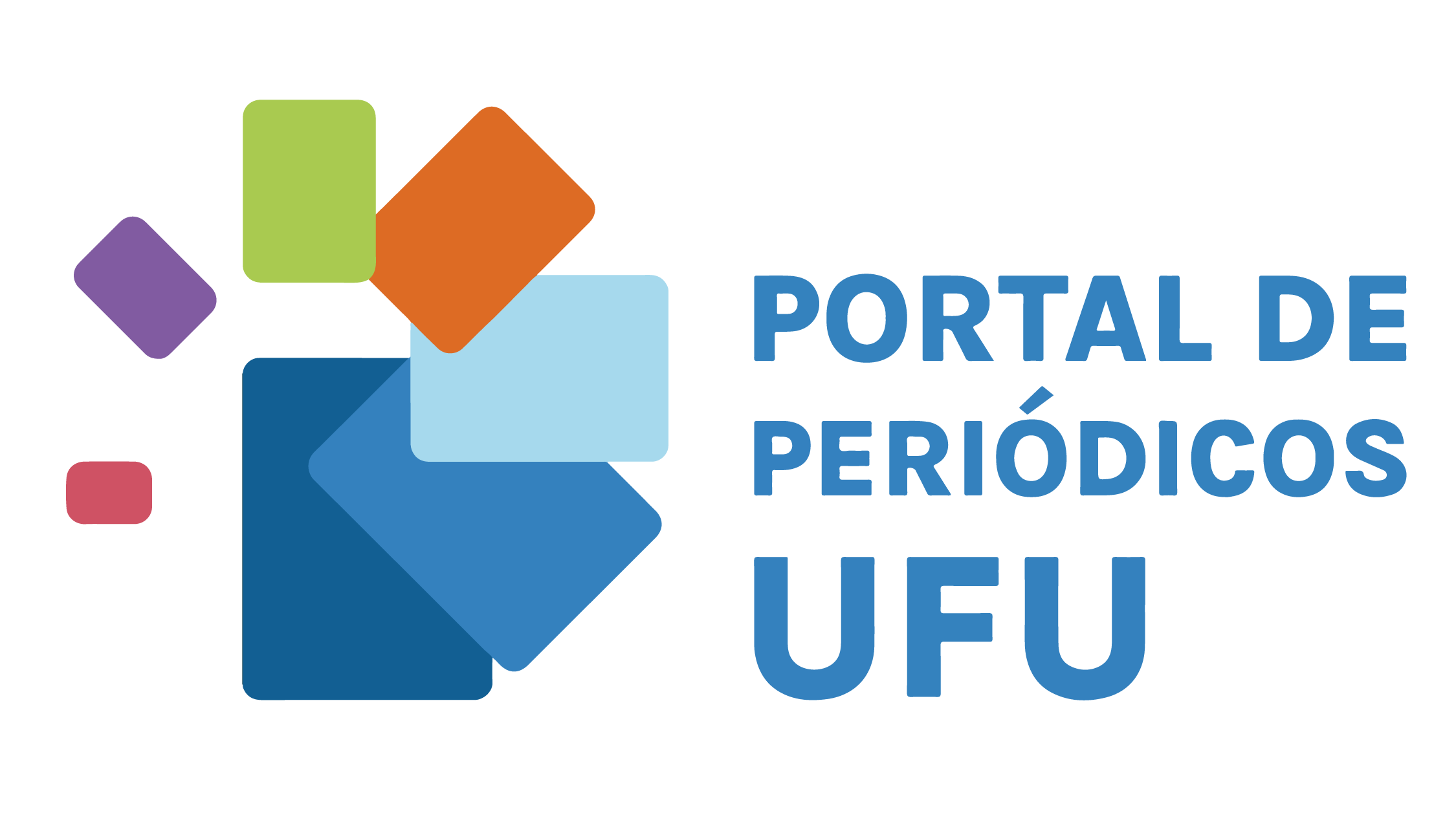Again and Again
an immediate repetition oral task viewed in light of Swain's Output Hypothesis
DOI:
https://doi.org/10.14393/DL35-v12n3a2018-2Palabras clave:
Immediate repetition, Tasks, Oral performance, Additional languageResumen
Using Swain’s (1985) output hypothesis as a basis, this article investigated the effect an immediate repeated oral task had on the performance of participants. Two groups of beginner learners of English as an additional language in Brazil performed a decision-making oral task in groups. Drawing from Lynch and MacLean’s (2001) carousel task, the learners changed groups and repeated the oral task in three successive cycles. A qualitative analysis of two learners’ oral production is discussed in terms of accuracy. Furthermore, their perception on the immediate repeated task is also examined.Descargas
Métricas
Citas
BEI, G. X. Effects of immediate repetition in L2 speaking tasks: a focused study. English Language Teaching. N. 6/1, p. 11-19, 2013.
BYGATE, M. Effects of task repetition on the structure and control of oral language. In BYGATE, M.; SKEHAN, P.; SWAIN, M. (Org). Researching pedagogic tasks – second language learning and testing. Harlow: Longman. 2001b.
BYGATE, M.; SAMUDA, V. Integrative planning through the use of task repetition. In ELLIS, R. (org). Planning and Task Performance in Second Language. Amsterdam: John Benjamins., 2005, p. 37-74. https://doi.org/10.1075/lllt.11.05byg
DE BOT, K. The Psycholinguistics of the Output Hypothesis. Language Learning. n. 46, p. 529–555, 1996. https://doi.org/10.1111/j.1467-1770.1996.tb01246.x
DÖRNYEI, Z. Research Methods in Applied Linguistics: Quantitative, qualitative and mixed methodologies. Oxford: University Press. 2007, p. 336.
DUFF, P. Repetition in foreign language interaction. In HALL, J. K.; VERPLAETSEL, S. (Eds.) Second and foreign language learning through classroom interaction. Mahwah: Lawrence Erlbaum Associates., 2000, p. 91-108
ELLIS, R. Task-based language teaching: sorting out the misunderstandings. International Journal of Applied Linguistics. n. 19/3, p. 221–246, 2009a.
FINARDI, K. Effects of task repetition on L2 oral performance. Trabalhos de Linguistica Aplicada. N. 47/1: p. 31-43, 2008.
KOWAL, M.; SWAIN, M. Using collaborative language production tasks to promote students’ language awareness. Language Awareness. n. 3/2. p. 73-93, 1994.
KRASHEN, S. The input hypothesis: issues and implications. London: Longman, 1985, p. 1-32.
KRASHEN, S. Comprehensible Output? System n. 26/2, p. 175-182, 1998.
LARSEN-FREEMAN, D. On the roles of repetition in language teaching and learning. Applied Linguistics Review. n. 3/2, p. 195 – 210, 2012.
LEVELT, W. J. M. Speaking: from intention to articulation. Cambridge, MA: The MIT Press, 1989. p. 543.
LYNCH, T.; MACLEAN, J. Exploring the benefits of repetition and recycling of a classroom task. Language Teaching Research. n. 4/3 p. 21-250, 2000.
LYNCH, T.; MACLEAN, J. A case of exercising: effects of immediate task repetition on learners’ performance. In BYGATE, M.; SKEHAN, P.; SWAIN, M. (Eds.), Researching pedagogic tasks second language learning, teaching and testing. Harlow: Pearson Education, 2001. p. 141-162.
LONG, M. H. The role of the linguistic environment in second language acquisition. In RITCHIE, W. C.; BAHTIA, T. K. (eds.), Handbook of second language acquisition. New York: Academic Press, 1996, p. 413-468
OXFORD, R. L. Task-based language teaching and learning: An overview. Asian EFL Journal. n. 8(3), p. 94-121, 2006.
RITCHIE, W. C.; BAHTIA, T. K. Introduction. In ________ (eds.). Handbook of second language acquisition. New York: Academic Press, 1996, p. 41-68
SARACENI, M. Relocating English: towards a new paradigm for English in the world, Language and Intercultural Communication, n. 9/3, p. 175-186, 2009.
SCHMIDT, R. Attention. In: P. Robinson (Ed.). Cognition and second language instruction. Cambridge: Cambridge University Press, 2001. https://doi.org/10.1017/CBO9781139524780.003
SKEHAN, P. A framework for the implementation of task based instruction. Applied Linguistics n. 17(1) p. 38-62, 1996.
SKEHAN, P. A cognitive approach to language learning. Oxford: Oxford University Press, 1998. 324 p.
SWAIN, M. Communicative Competence: Some roles of Comprehensible Input and Comprehensible Output in its Development. In GASS, S.; C. MADDEN, C. (ed.). Input in second language acquisition. Rowley, MA: Newbury House, 1985, p. 235-253.
SWAIN, M. Focus on form through conscious reflection. In DOUGHTY, C.; WILLIAMS, J. (ed.) Focus on Form in Classroom Second Language Acquisition. Cambridge: Cambridge University Press, 1998, p. 64-81.
SWAIN, M. The output hypothesis and beyond: Mediating acquisition through collaborative dialogue. In LANTOLF, J. P. (ed.) Sociocultural Theory and Second Language Learning. Oxford: Oxford University Press, 2000, p. 97-114.
SWAIN, M. Integrating language and content teaching through collaborative tasks. The Canadian Modern Language Review, n. 58 (1), p, 44-63, 2001.
SWAIN, M.; LAPKIN, S. The evolving sociopolitical context of immersion education in Canada: Some implications for program development. International Journal of Applied Linguistics, n. 15(2), p. 169–186, 2005.
Descargas
Publicado
Cómo citar
Número
Sección
Licencia
Domínios de Lingu@gem utiliza la licencia Creative Commons (CC) CC BY-NC-ND 4.0, preservando así la integridad de los artículos en un ambiente de acceso abierto. La revista permite al autor conservar los derechos de publicación sin restricciones.









